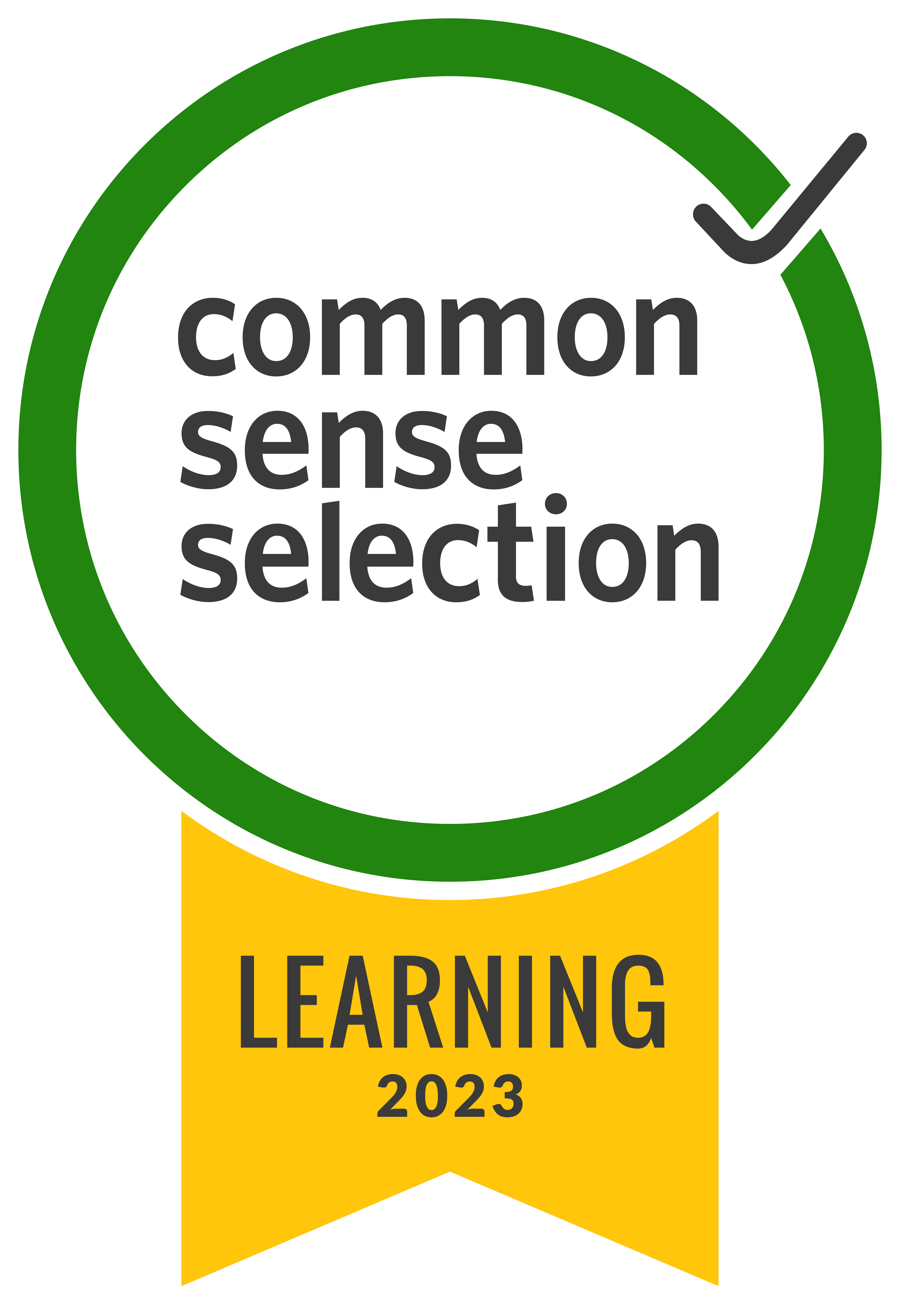Design work is inherently visual, yet most design teams still rely heavily on text-based communication. Slack messages, email threads, and written feedback dominate workflows, creating friction where clarity should exist.
This disconnect between visual work and text-based communication leads to predictable problems. Feedback gets misinterpreted, revisions multiply, and projects stall as teams struggle to align on design decisions.
Video bridges this gap, allowing design teams to communicate in the same visual language they work in.
Communicate Design Decisions With Full Context
Design decisions involve layers of thinking that are difficult to capture in writing. Why did you choose that color palette? How does the layout support the user journey? What informed the typography decision?
Written explanations of design choices frequently fall short. Teams end up crafting lengthy messages that still don't fully communicate intent, leading to misunderstandings and additional rounds of clarification.
Video provides a more effective alternative. Rather than describing your design choices, you can walk through them visually. Show the mockup, highlight specific elements, explain your reasoning while pointing directly at what you're discussing. The context that gets lost in text becomes immediately clear.
Enable Asynchronous Collaboration Across Distributed Teams
Design teams increasingly work across multiple time zones. Coordinating schedules for design reviews and feedback sessions becomes a significant operational challenge when team members are distributed globally.
Video removes the need to find overlapping availability. Team members can share updates, present concepts, and provide feedback according to their own schedules. A designer can record a walkthrough of their latest iteration at the end of day, while colleagues in different time zones review and respond when they begin work.
This asynchronous approach does more than save time. It actually improves the quality of collaboration. When people aren't constrained by meeting schedules, they can provide thoughtful feedback when they're actually focused and engaged, rather than rushing through a review because the next meeting is starting.
Present Design Assets With Appropriate Context
Design assets need context to be understood properly. A new logo needs explanation of the brand strategy behind it. A redesigned interface needs demonstration of the user flow. A marketing campaign needs presentation of how all the pieces work together.
Static mockups and written descriptions have limitations. Video enables designers to present work with both visual demonstration and narrative explanation combined.
Design teams can walk stakeholders through user experiences, show how designs adapt across different devices, and explain key decisions while highlighting specific elements. When audiences can see and hear the presentation simultaneously, they understand not just what was created, but the strategic thinking behind it.
Build Institutional Knowledge That Persists
Design teams accumulate valuable institutional knowledge over time. Why certain approaches work for your brand, how past iterations evolved, what decisions were made and why. This knowledge typically lives in people's heads or scattered across various tools and documents.
Video creates a more effective way to capture and preserve this information. Design walkthroughs, feedback sessions, and project retrospectives become part of a searchable archive that new team members can access when they join.
Instead of trying to reconstruct why a design evolved a certain way, new designers can watch the actual conversations and reviews that shaped it. They see the thinking process, understand the constraints that influenced decisions, and get up to speed faster. This archive also benefits the whole organization. Product teams understand design rationale better. Marketing teams grasp brand guidelines more thoroughly. Everyone gains clearer insight into how design decisions connect to business objectives.
Align Communication With Your Discipline
Design is fundamentally a visual discipline. Text-based communication creates an unnecessary translation layer that introduces errors and slows progress.
Video allows design teams to communicate in their natural working language: visually, contextually, and with the nuance that design decisions require. For teams looking to reduce communication friction and improve collaboration effectiveness, integrating video into core workflows offers clear advantages.
.svg)

.png)






